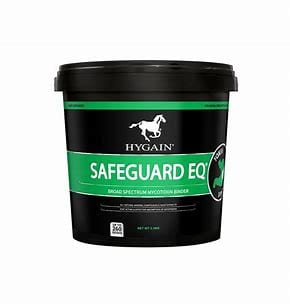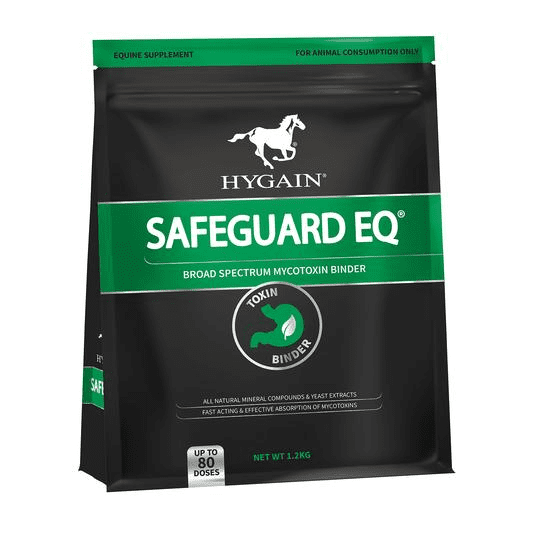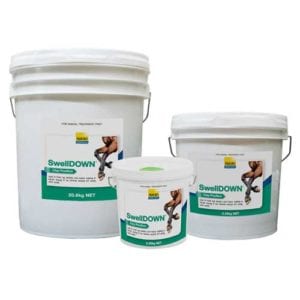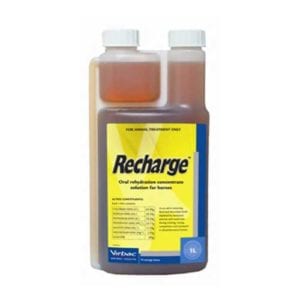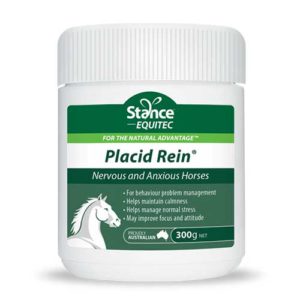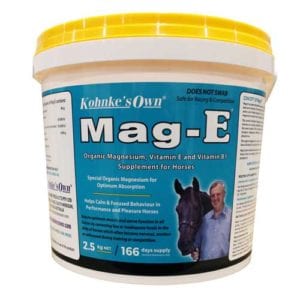Description
Certain fungi found on fresh pasture grasses, conserved roughage (hay, chaff, straw) and in grains can produce secondary compounds called mycotoxins. Several types of mycotoxins exist which may interact, especially under favourable environmental conditions, such as in warm and humid climates (as well as in improperly stored feeds). Mycotoxins may contaminate feeds or grains and are hard to detect due to their odourless, tasteless and invisible presence.
The horse’s digestive system is sensitive to the effects of mycotoxins, as the gastric juices in the stomach cannot effectively deactivate the mycotoxins and these therefore enter the sensitive small intestine and hindgut. Once mycotoxins reach the hindgut they may affect the intestinal wall or enter the horse’s blood stream, which can result in respiratory, gastrointestinal, neurological and reproductive issues.
This is why a toxin binder for horses is crucial to their diet.
Even though symptoms are usually non-specific, associated clinical signs with the existence of mycotoxins in horse’s diet include:
- Poor condition (weight loss)
- Reduced performance
- Lethargy
- Depression
- Suppressed appetite
- Lameness
- Respiratory diseases
- Gastrointestinal diseases (e.g. colic)
- Reproductive failures
- Neurological disorders (e.g. neurotoxicity, Fatal leucoencephalomalacia, ataxia)
- Immunosuppression
- Atypical myopathy (muscle disease)
Feeding Rates
HYGAIN SAFEGUARD EQ can be added directly to your horse’s feed.
HYGAIN SAFEGUARD EQ should be fed at a rate of 30g per day (one level scoop) based on a 500kg horse.
Ingredients
Wheat bran, wheat germ, organic mineral compounds and yeast extracts

